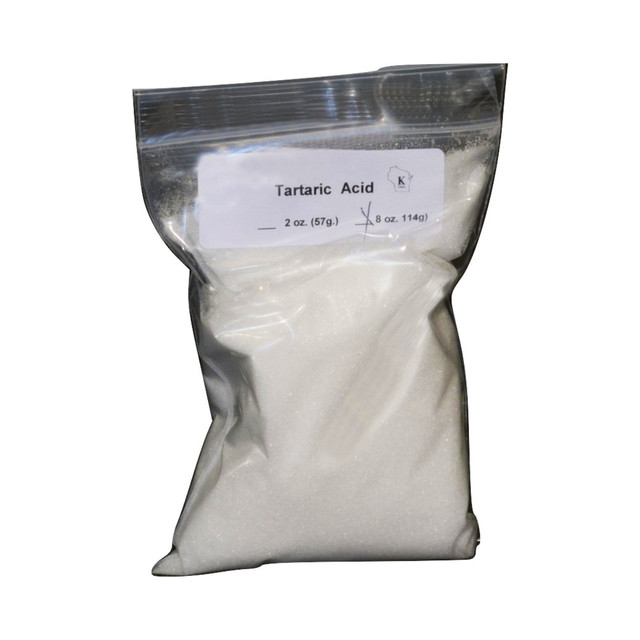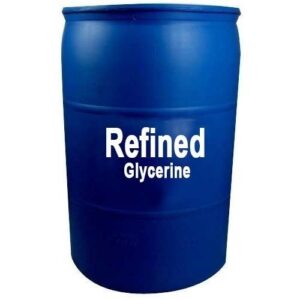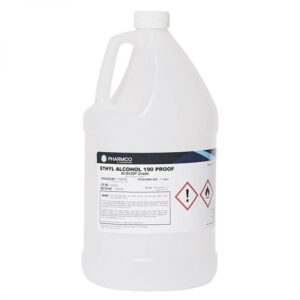BUY TARTARIC ACID IN BULK WORLDWIDE | TARTARIC ACID SUPPLIERS
Tartaric acid — formally known as dihydroxybutanedioic acid is a naturally occurring organic acid that’s found in a number of fruits and plants including bananas, grapes, citrus, and tamarinds. Its basic chemical formula is C4H6O6, and its structural formula is HO2CCH(OH)CH(OH)CO2H.
The preferred IUPAC name for tartaric acid is 2,3-dihydroxybutanedioic acid, and its CAS Number is 526-83-0. Other names for tartaric acid include racemic acid, threaric acid, paratartaric acid, and uvic acid.
The salt of tartaric acid — potassium bitartrate or cream of tartar — is a natural byproduct that’s formed during the winemaking process. When blended with sodium bicarbonate, it is used as a leavening agent — in the form of baking powder — in food preparation. Tartaric acid has the E number E334 and is used as an antioxidant in the food industry. Due to its palatable sour taste, it is also used as a flavoring agent.
The first known production of tartaric acid was from the residues of winemaking around 800 A.D. In 1769, a more modern production process based on fermentation was developed by Carl Wilhelm Scheele. For more information or access to high-quality tartaric acid from a trusted specialty and chemical distributor, contact Brenntag North America.





There are no reviews yet.